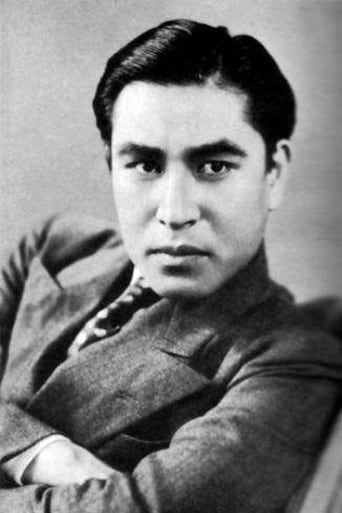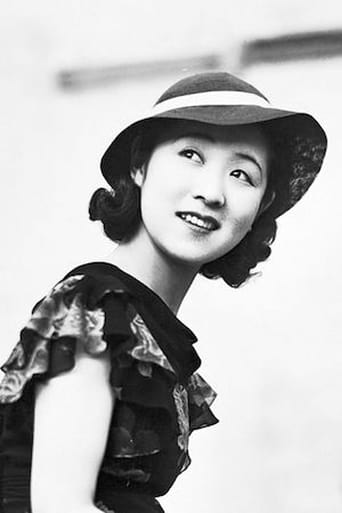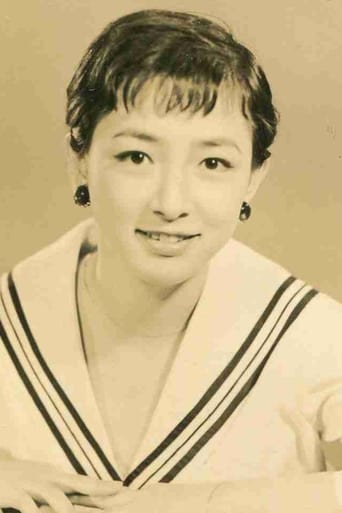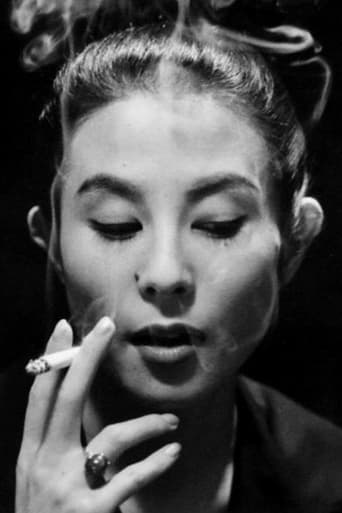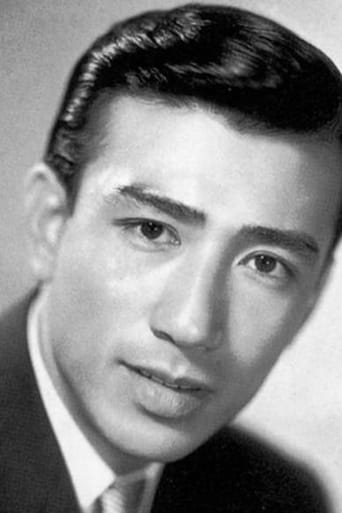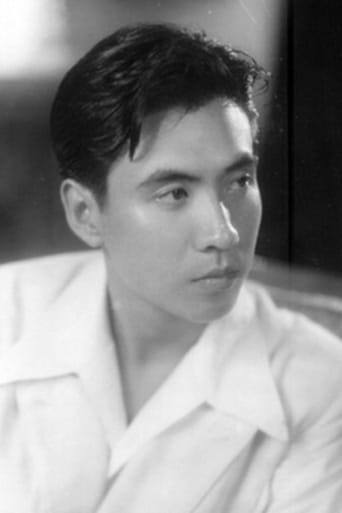Curapedi
I cannot think of one single thing that I would change about this film. The acting is incomparable, the directing deft, and the writing poignantly brilliant.
WILLIAM FLANIGAN
Viewed on DVD. Restoration = ten (10) stars. To paraphrase an old burger chain ad: Where's the movie? Notable actors are present (Kinuyo Tanaka delivers a particularly poignant wordless performance while the younger actresses tend toward hyper line readings). So are the Director's trademarks including: scene padding; "back acting"; clothes lines; ugly overhead electrical lines to power trains; and static camera. The film score seems just right and is delivered in the right places on the sound track. Cinematography (color) and sound are fine. Subtitles are OK. But the film lacks direction BIG time. The Director conveys to the viewer the impression (rightly or wrongly) of having an astounding lack of interest in most of the scenes he is ostensibly directing as well as the film as a whole! Part of the problem seems to stem from a very weak story line and a lackluster script. Set decoration is minimal. Interior sets look terribly familiar and seem to have been little changed over the past 10 years or so. Skip this one or be prepared to be seriously bored. WILLIAM FLANIGAN, PhD.
Books New York
This film is awash with rich color, much like those of Douglas Sirk in 1950s Hollywood - remarkable, given that this is Ozu's debut effort in color filmmaking. And the film is indeed very much of its time - 1958 and a transition to "contemporary" Japan. In the course of our protagonist's day he goes from an office, with its rows of "company men" toiling over paperwork in a modern high rise, to his traditional home with tatami mats. He sheds his Western clothes each evening by dropping them on the floor (for his wife to pick up) and transforming himself into the stern paterfamilias in his yukata.This is a domestic tale of a man and the three (or four) young women he advises in matters of the heart. No King Lear, this is rather a Japanese "Father Knows Best - not". Travel gently to this non-ironic look at a Japanese family in the era of early "Mad Men", and let the color,time period,and Ozu's visual clarity carry you along.
SnakesOnAnAfricanPlain
Equinox Flower was Ozu's first color film. He was reluctant to do it, but he shouldn't have been. He handles the addition so well. The colors really do join every scene together. Equinox Flower deals with one father's hypocritical view of love and marriage. It begins at a wedding where Hirayama makes a speech to his friend's daughter. He says how lucky they are to be able to choose their own partner. He does this in front of his wife in a very awkward moment. Hirayama and Kiyoko's relationship is interesting. They make their marriage work, even if there wasn't love there at first. They work together and never feel that they are trapped in this relationship. Despite his new world views during this wedding, once his daughter announces she wishes to marry a man, Hirayama is opposed. His hypocritical views are the cause of much comedy. He is also forced to face his prejudices as he finds a daughter of an old friend who has run away to be with her struggling musician boyfriend. Hirayama is supportive of everyone but his own daughter. Again though, with Ozu's eloquence, Hirayama is not a villain. It is understandable that he has different views concerning his own daughter. A group of men sit around and discuss the differences between sons and daughters. The growth of the whole family is well plotted and emotional. It's another wonderful and gentle deconstruction of Japanese family values.
martin-f
Is there a director in the history of cinema with a more distinct style than Yasujiro Ozu? 1958's Equinox Flower was Ozu's first colour film and concerns itself with one of his favourite themes – the family and it's discontents. The film is set during a time when arranged marriages were being challenged in Japan and it pits the emerging youth of the country, full of post war freedom and optimism, against their traditional parents who are finding it difficult to let go of their customs and ultimately their children.A Tokyo businessman, Waturu Hirayama, is continually approached by friends for advice, friends who have become powerless as parents and are struggling to impose their will on their daughters. Hirayama's apparent disappointment and resignation regarding his own arranged marriage informs his advice throughout. Consequently he is often conciliatory and impartial, trying his best to get both sides to see each other's point of view. Neither traditional nor modern in his outlook, instead he takes a humanist approach and strives for harmony amongst the protagonists.However, when a young man he has never met before enters his office and asks him for his own daughter's hand in marriage he finds it difficult to adopt this approach for himself and his family. On the one hand, he is initially hurt by the apparent lack of respect and involvement that he feels he should have been afforded by the young couple. He questions his role as a father and feels castrated by this power being taken out of hands. On the other hand, though, he suffers a sense of loss. He has nothing personal against the young man, and after making enquiries, is assured of his good nature. Nevertheless, rather than gaining a son, he's acutely aware that he is losing a daughter and, with that, some of his own identity. Not only losing her in marriage but also to a new way of life, a new culture where Hirayama is unsure of his role.In a broader sense, Equinox Flower, also offers an insight into the fast socio-cultural changes in post-war Japan as it becomes more influenced by capitalism and Western culture. Throughout the film, Hirayama alludes to the fact that his business and his workload are becoming increasingly busier. Scenes are often interspersed with images of industrial development and progress mixed with more traditional scenes of mountain ranges, the countryside and churches. It's also worth noting that, throughout the film, it is largely the women that are seen as the advocates of change, trying to find greater equality in a patriarchal society. The men, in comparison, are seen as passive and confused. Japan itself, like Hirayama, is going through a struggle, a process of change that tries to balance the traditional against the modern.Stylistically, Ozu's cinema is remarkable for those willing to give it a chance. All his trademarks are here – zero camera movement, single character shots and evocative editing techniques. His unwillingness to ever let the camera move allows him to frame scenes as if they were photographs or paintings where the characters then suddenly come to life. His use of colour, here for the first time, is accomplished to say the least. Combine that with some wonderful sets and scenery and at times you could be forgiven for thinking you're watching an old MGM musical. Most remarkable of all, though, are Ozu's trademark tatami-level shots. Using a special camera dolly to simulate the three foot height of the average person kneeling or sitting on a tatami pad, Ozu creates a way of seeing the world that is specifically Japanese, specifically Ozu.The style is so unique and effective that it's difficult to imagine films being directed any other way. Buy the box sets, ration yourself to one film a year and you're in for a rare treat.

